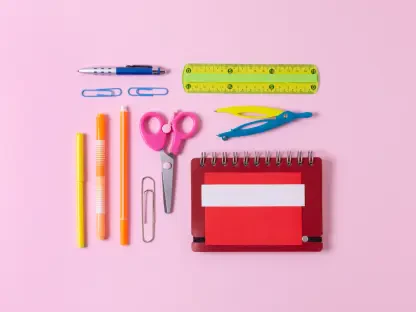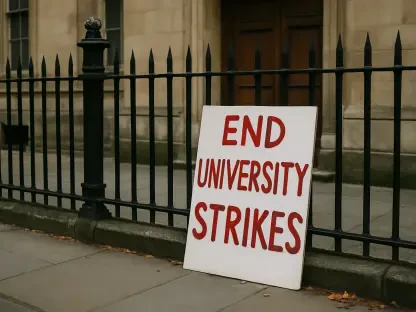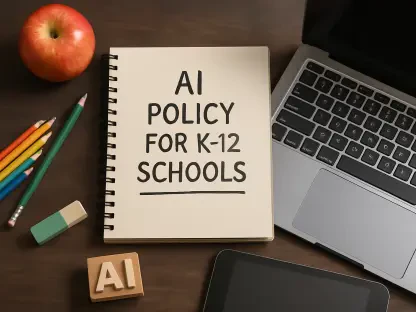In an era where smartphones have become almost inseparable from daily life, a growing number of educators and lawmakers are raising alarms about their impact on young students, particularly within the walls of K-12 schools. Across the United States, the pervasive presence of cell phones in classrooms has sparked intense debate over their role as both a potential lifeline in emergencies and a significant source of distraction during critical learning hours. Recent data reveals that at least 22 states have rolled out legislation aimed at restricting mobile device usage among students, signaling a broader shift in educational policy. This movement isn’t just about minimizing idle scrolling or gaming; it’s rooted in a deeper concern for fostering focused learning environments and ensuring student safety. As schools grapple with balancing technological integration and academic integrity, these new laws represent a pivotal step toward reshaping how technology interacts with education, setting the stage for a closer look at their implications.
Addressing Distractions in the Classroom
One of the primary drivers behind these restrictive measures is the mounting evidence that cell phones serve as a major distraction in educational settings. Studies consistently show that students with unfettered access to their devices during school hours are more likely to underperform academically, as notifications and social media vie for their attention. Many schools have adopted stringent policies, such as “bell-to-bell” rules, which prohibit phone use from the moment classes begin until the final dismissal. For instance, some districts enforce strict time frames where devices must remain out of sight, ensuring that the focus remains on lessons rather than screens. Educators and policymakers largely agree that reducing these interruptions is essential for cultivating an environment conducive to learning. However, the challenge lies in enforcing such rules uniformly, especially when students have grown accustomed to constant connectivity. This push for limitation underscores a broader recognition that academic success often hinges on minimizing external diversions during school hours.
Balancing Safety with Policy Enforcement
While the distraction factor is a significant motivator, safety concerns add another layer of complexity to the implementation of cell phone restrictions in schools. Many parents argue that students should retain access to their devices for emergency communication, particularly in light of potential crises like school shootings. Yet, strict policies often clash with these concerns, creating tension between ensuring safety and maintaining classroom focus. Post-pandemic shifts have further complicated enforcement, as more relaxed attitudes toward technology use during remote learning periods have set new expectations among students and families. Additionally, debates persist over how policies should adapt to varying maturity levels across age groups, with some advocating for limited privileges for older students during non-instructional times. Navigating these competing priorities requires schools and states to carefully craft rules that address both immediate safety needs and long-term educational goals. The path forward, as seen in the varied approaches across districts, is shaped by a commitment to finding that delicate balance.









